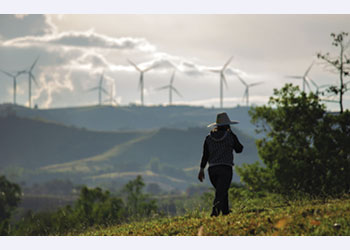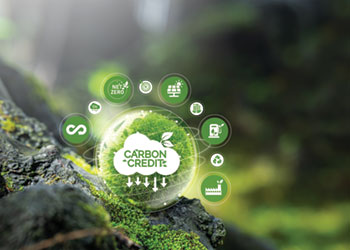
 The growth of renewables across Asean is impressive
The growth of renewables across Asean is impressive
Utility-scale solar and wind capacity in the Association of Southeast Asian Nations (ASEAN) is up by a fifth since this time last year, and the region is on track to easily meet its upcoming renewables commitments ahead of schedule.
But lack of progress in breaking ground on new projects, coupled with a challenging regulatory environment for renewables and continued reliance on fossil fuels, poses an uphill path to a clean energy transition, finds a new report from Global Energy Monitor.
While the region boasts a whopping 220 gigawatts (GW) of prospective capacity –– projects that have been announced or are in the pre-construction and construction phases –– only a fraction of this capacity (6 GW, or 3 per cent –– one quarter of the global average) is currently under construction.
Asean countries have grown their utility-scale solar and wind capacity 20 per cent in the last year to over 28 GW.
Vietnam leads the region with the largest share, accounting for an impressive 19 GW of operating utility-scale solar and wind capacity, followed by Thailand and the Philippines.
The region also boasts nearly five times more prospective offshore wind power (124 GW) than onshore, which amounts to nearly twice the current offshore operating capacity worldwide (69 GW).
At the same time, with a goal of 35 per cent installed renewables capacity by 2025, Asean countries only need to add an additional 10.7 GW of utility-scale projects on top of what is already in construction in order to meet this goal. With 23 GW set to become operational by 2025, the region is likely to far surpass this milestone.
Janna Smith, researcher with Global Energy Monitor, said: "The growth of renewables across the region is impressive, but so much more can be achieved. With the world now aiming to triple renewables capacity by 2030, governments need to make it easier to bring wind and solar power online. Switching to renewables now from coal and gas will save countries time and money on the path to a clean energy future."











































































